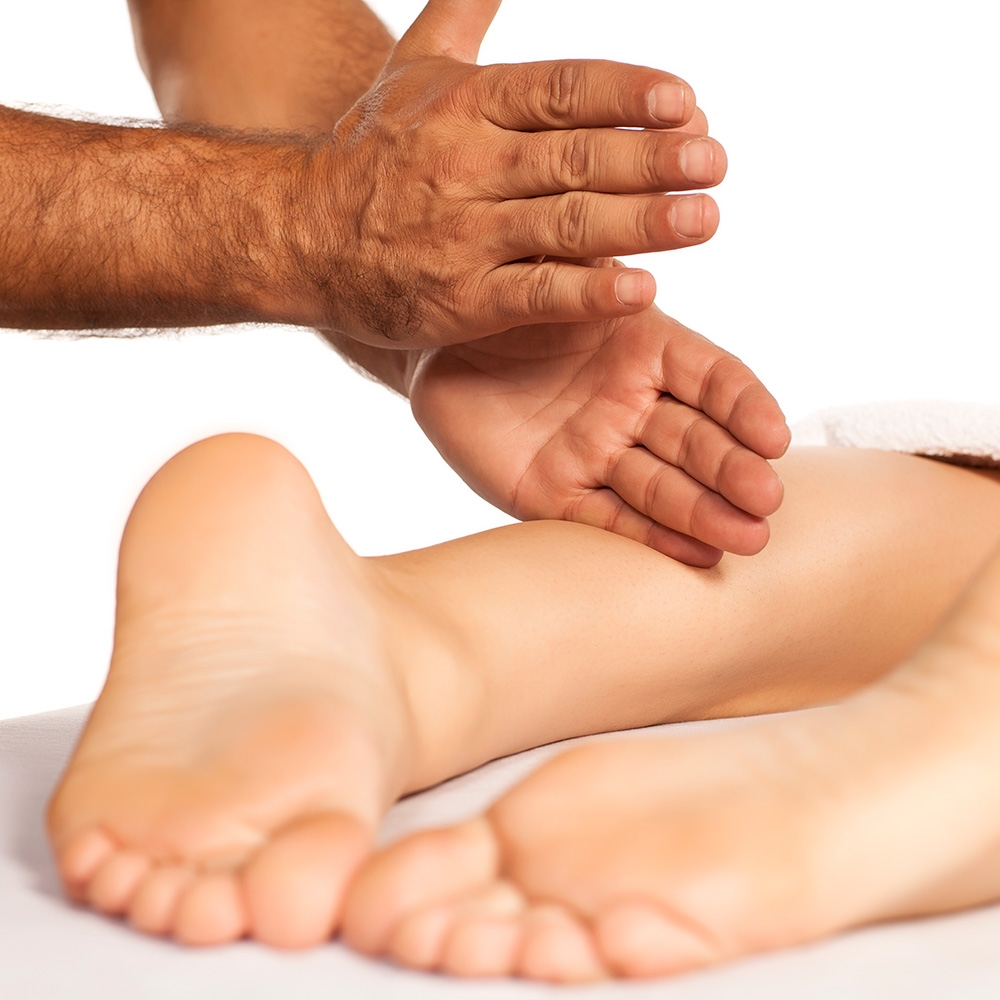
Why Does My Massage Therapist Karate Chop Me
Understanding the therapeutic benefits of this rhythmic tapping technique so you can feel more comfortable during your massage
If you've ever wondered why your massage therapist uses what seems like "karate chops" during your session, you're not alone. This rhythmic tapping technique, known as tapotement, is a legitimate massage method with specific therapeutic purposes.
What Is Tapotement
Tapotement is a percussion massage technique that involves rhythmic striking or tapping movements performed with the hands, fingers, or fists. The term comes from the French word "tapoter," meaning "to tap" or "to pat." While it may resemble karate chops, the technique is performed with controlled, therapeutic intent rather than force.
Common forms of tapotement include:
- Cupping, where therapists create a hollow shape with their hands
- Hacking, which uses the outer edges of the hands in chopping motions
- Pounding, performed with loose fists
- Slapping, using open palms
- Tapping, done with fingertips
The Therapeutic Benefits
Massage therapists use tapotement for several specific reasons. The technique stimulates blood circulation by encouraging blood flow to the treated area, which can help reduce muscle tension and promote healing. It also helps break up muscle adhesions and scar tissue that may have formed from previous injuries or chronic tension.
The rhythmic nature of tapotement can stimulate the nervous system, potentially providing pain relief through the gate control theory of pain. This theory suggests that non-painful stimulation can override pain signals sent to the brain.
For clients with respiratory issues, tapotement applied to the back can help loosen mucus and improve breathing. The technique also serves as a natural energizer, helping to invigorate tired muscles and increase alertness.
When Therapists Use This Technique
Massage therapists typically incorporate tapotement during specific phases of treatment. It's often used as a transition technique between other massage methods or as a way to conclude a session with energizing movements.
The technique proves particularly beneficial for athletes or active individuals who need muscle stimulation and improved circulation. Therapists may also use it when working on areas with thick muscle tissue that require deeper stimulation than traditional massage strokes can provide.
What to Expect During Treatment
When receiving tapotement, you should feel rhythmic, controlled movements rather than painful strikes. The pressure should be firm yet comfortable, and the therapist should adjust the intensity according to your tolerance and the treatment goals.
Communication with your therapist remains essential. If the technique feels too intense or uncomfortable, speak up immediately. A skilled therapist will modify the pressure or technique to ensure your comfort while maintaining therapeutic effectiveness.
Safety Considerations
While tapotement is generally safe when performed by trained professionals, certain conditions may require modifications or avoidance of the technique. Pregnant women, individuals with blood clotting disorders, and those with certain skin conditions should discuss these factors with their therapist beforehand.
People with acute injuries, inflammation, or recent surgeries in the treatment area should also inform their therapist, as tapotement may not be appropriate for these conditions.
Maximizing Your Massage Experience
Understanding the purpose behind different massage techniques can help you feel more comfortable and engaged during your sessions. Don't hesitate to ask your therapist about any techniques they're using and how they benefit your specific needs.
Remember that massage therapy is a collaborative process. Your feedback helps the therapist tailor the treatment to your preferences and therapeutic goals, ensuring you receive the most effective care possible.
For residents of Honolulu dealing with the physical demands of island life, whether from military service, active outdoor pursuits, or desk work, understanding these therapeutic techniques can help you make informed decisions about your wellness care and feel more confident during your massage sessions.

